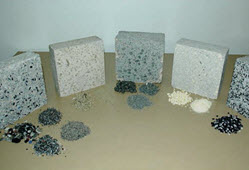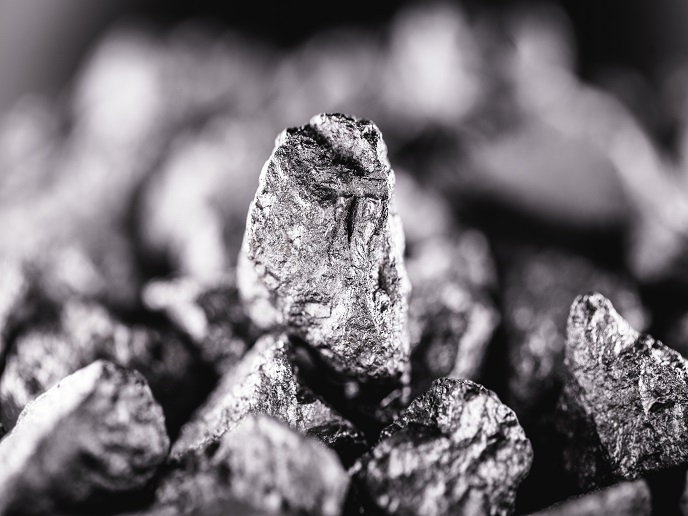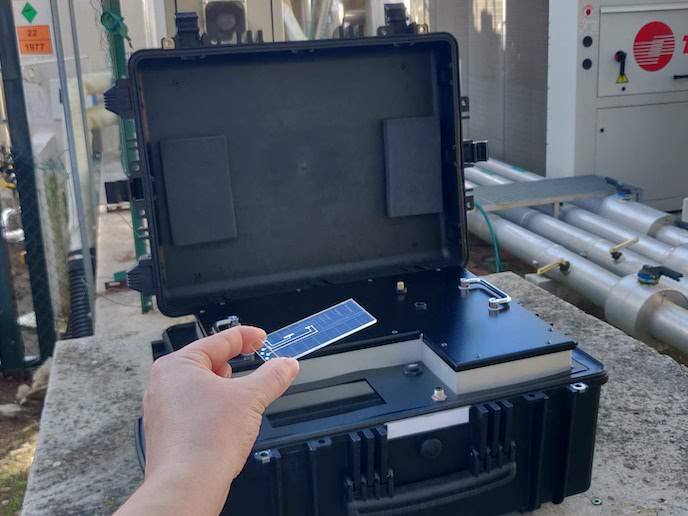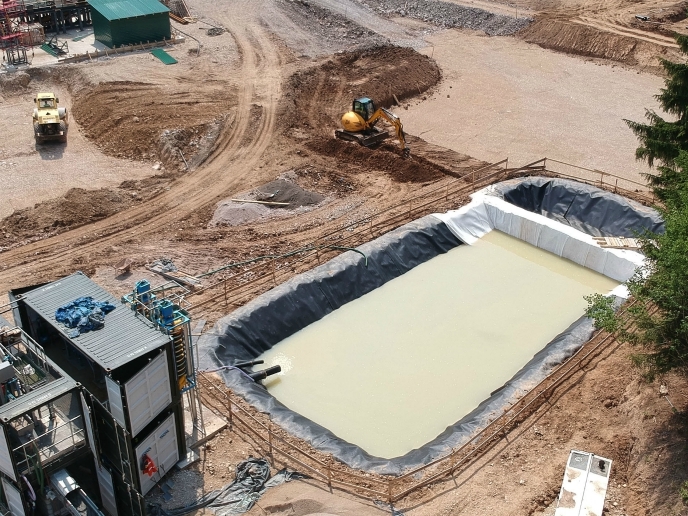Greening concrete with secondary raw materials
The novel concrete-based products designed through the EU-funded SUS-CON project were developed to meet the competitive and cost-efficient needs of the construction industry, while at the same time reducing the sector’s impact on the environment. Completely new concepts and technologies that integrate secondary raw materials in the production of concrete have been developed and thoroughly tested. ‘The construction industry is one of the largest consumers of energy and raw materials and one of the highest contributors to the emission of greenhouses gases,’ explains project coordinator Alessandro Largo from the Dept. of Materials and Structures of CETMA in Italy. ‘In order to become more sustainable, the sector needs to limit its environmental impact and in particular must reduce the use of both raw materials and energy.’ The most promising exploitable results of this successfully concluded project concern several eco-sustainable concretes recipes, based on innovative aggregates and binders from secondary raw materials (such as plastic waste, electrical and electronic equipment waste, polyurethane foam and municipal solid waste). The pre-cast and ready-mixed SUS-CON prototypes were industrially produced during the project by European construction companies. Ultimately, SUS-CON met its project targets by using 100 % secondary raw materials to successfully replace traditional aggregates and binders. These techniques helped to reduce by 50 % the CO2 footprint of concrete and the costs of building raw materials by 15 %. Rigorous testing helped to demonstrate the high compatibility of SUS-CON concretes with existing production processes. ‘The lightweight, eco-friendly, cost-efficient and all-waste concrete products we’ve developed were shown to be applicable for both ready-mixed products (floor screed and floor screed underlay) and pre-casted applications (blocks and panels),’ says Largo. Performances of SUS-CON prototypes were tested for their mechanical, thermal and acoustic insulation properties and fire resistance. They were installed in three real demo buildings located in three different European sites (Spain, Turkey and Romania).The energy efficiency performance of buildings constructed with SUS-CON concretes were therefore monitored in both hot and cold climates, which helped to verify that SUS-CON products result in better insulation performances with respect to reference products, no matter what the climate. In terms of fire behaviour, SUS-CON panels were classified as EI 240 (four times better than reference commercial panels, which are EI60). ‘We believe that developing new novel technologies that integrate secondary materials in the production cycle of lightweight concrete is an all-inclusive solution that can improve both sustainability and cost efficiency and enable architects and builders to incorporate higher performance standards in both design and construction,’ concludes Largo.
Keywords
Concrete, building sector, insulation







